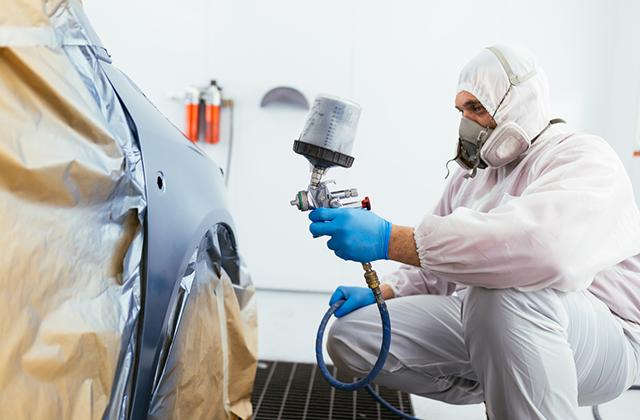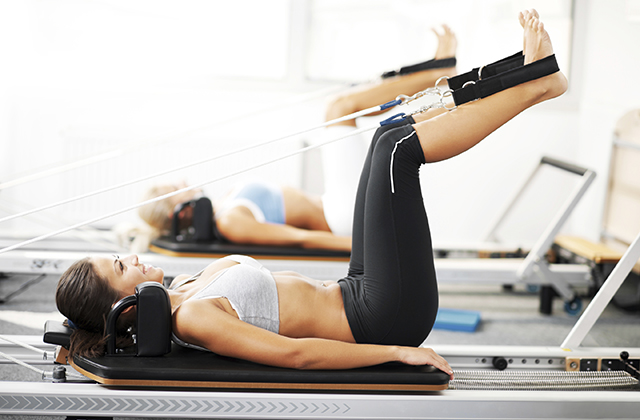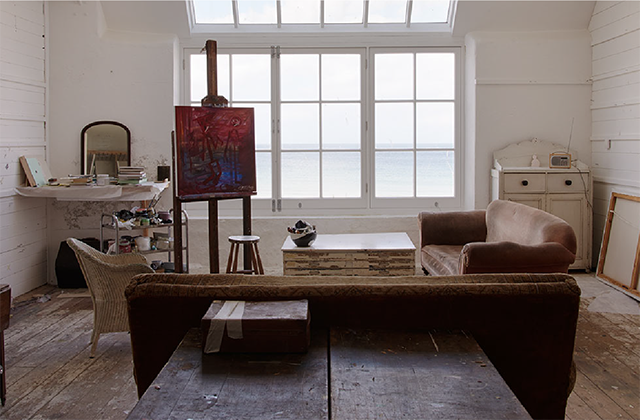Car Paint Protection in Melbourne is important in recovering your automobile paint to its previous glory. It likewise shields it so you auto has fantastic appearance for several years ahead. Lots of auto hygiene items exist in the market today and all of them claim to supply protection to your auto paint. Yet the reality is that not all these products coincide, the same way not all automobiles are comparable. While every automobile could essentially get you from point X to Y, there is still a huge difference between automobile designs. The exact same puts on vehicle wax, paint protection and gloss. Every one of these products give certain amount of sparkle, however that is as comparable as they can obtain.
In this article, we teach you, whether you are a brand-new car proprietor or a not-so-new one, on the key realities regarding paint protection items that are available in the marketplace. By doing this, we believe you could make the appropriate selection when selecting the best defense for your precious auto.
Are all car paint protection products the exact same?
Of course they are not. There are numerous sorts of paint protection products and they have varying high quality and cost. Nonetheless, when buying car paint protection Melbourne folks ought to not make the mistake of basing their decision completely on the rate of that defense product. As an alternative, your choice on the kind of security you decide on ought to be notified by just what it is that you wish to achieve. A product that offers protection versus UV rays, bird going down road salt, acid rain and bug residue all rolled into one is definitely a lot more costly than a product that only gives momentary sparkle.
Another point is that various products give varying levels of luster. If you wish to buy an item that gives you a much longer beam however calls for much less maintenance, be prepared to pay a few additional bucks for it. Bulk of protectants that are offered available presently give only restricted amount of defense versus the aspects pointed out above. Many of them do not give long-term luster and need reapplication. For that reason, it is vital that you beware of exactly what you select for your auto.
Can car paint protection assistance keep your car s worth along with resale value?
The paint work and look of a vehicle will certainly help in keeping not just its worth yet also resale value. An automobile that is well preserved with a mirror finish paint, has actually an improved resale worth. It additionally conserves you cash and time now. With a great paint protection, a bunch of time is minimized cleaning it because grime and filth are conveniently gotten rid of. Also, it gained t require polishing to maintain its appearance.
What are a few of things you can expect from a great car paint protection?
Among the main benefits of car paint protection is that it includes real worth to the automobile. An appropriate paint protection application can offer your automobile extraordinary glass luster in addition to maintain its value. For these reasons, folks are typically prepared to component with $1000 simply to obtain great paint protection. When done properly, there will be much less shaving and the cleaning will certainly be much easier in instance your car obtain filthy and should be washed. This translates to much more financial savings in future.
Can your auto s paintwork be ruined by merely bird dropping?
The response is of course. Possibilities that your auto is obtaining damaged daily without you probably noticing are really actual. Many people simply think that the greatest threat to their vehicle s paintwork is UV rays. While this holds true, the harm comes after many years. Bird droppings are however much more prompt risk. They create damage in just an issue of days.
Bird droppings, as you know, are the item of a bird s intestinal system. Without going excessive into biology, droppings can have high levels of acids which can damage the paintwork.
Lots of people are stunned by the quantity of harm that could arise from a bird going down. While it could go undetected to an untrained eye, a specialist that understands exactly what he desires in auto will effortlessly view it.
Is car waxing the most effective solution?
Although car waxing is beinged aware to offer immediate sparkle, it is not the very best remedy. The reason it is called wax is considering that it is made of wax. And as you recognize, wax will certainly melt when exposed to warmth. When polished paint is used on your car, it ends up being soft when exposed to heat. This releases shine as well as makes your car a lot more susceptible to alluring pollutants. It is fantastic for show autos because these do not rest in the sunlight for an entire day daily.
By its extremely attributes, wax seldom sticks to the car surface. Wax can not adhere well to any sort of surface. Just try sticking wax to any kind of surface and you will see this. In the same way, wax ultimately cleans off of your vehicle, which will leave your car with much less or no protection in any way.
Just what are the other things that you should learn about car paint protection?
The should properly take care of your car, that is, outlining and washing, could not be overemphasised. Picking reputable auto wash outlets and detailers is not only vital however likewise protects your automobile from harm. Basically, manage the paintwork of your car similarly you would certainly take care of your skin. Anything that succeeded t damages your skin succeeded t damages your car s paintwork.
An additional essential thing is a top quality automobile hair shampoo. This reduces surface scratching that arise from friction when the vehicle is being washed. You likewise need a soft stack clean mitt or sponge and it must be of high quality. If you wish a streak-free drying out, you have no alternative but to demand a terry towel or a leather-made chamois to dry your vehicle.
Conclusion
Just like anything else, you only get exactly what you have actually paid for with car paint protection. It is essential to select the right area to clean or information your auto. This must be assisted by the period of time it requires to wash your automobile safely and correctly. Click here for extra protection of your paint in our shop.


